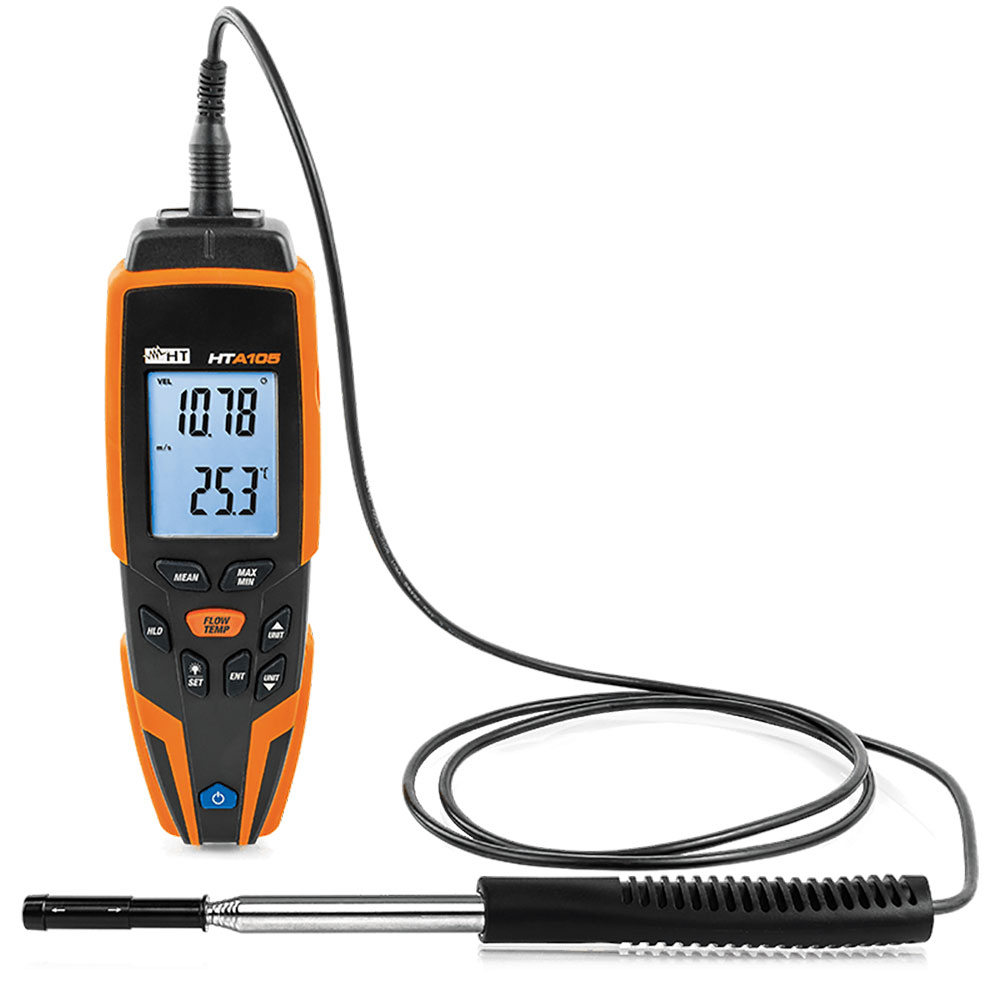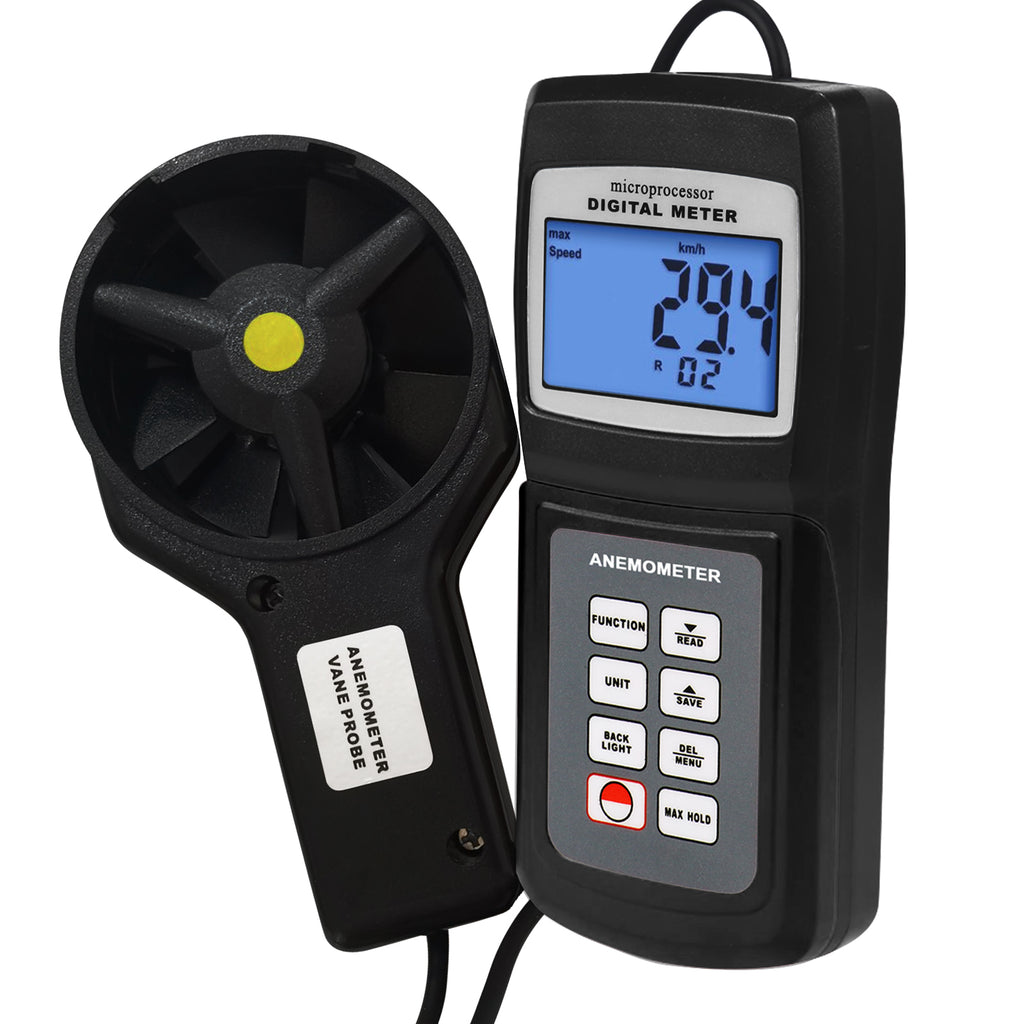Checking Out the Functions and Benefits of Anemometers for Weather Lovers and Experts
From mug anemometers to sonic anemometers, each kind brings its distinct collection of benefits and applications, dropping light on various facets of atmospheric problems. As we dig into the features and advantages of anemometers, a much deeper understanding arises not just of prevailing weather sensations however likewise of the more comprehensive ramifications for sectors like wind power manufacturing and ecological research.
Relevance of Anemometers in Weather Condition Monitoring
Anemometers play a critical role in weather condition surveillance by offering accurate measurements of wind speed, aiding in forecasting and understanding weather patterns. These tools, varying from standard mug anemometers to contemporary ultrasonic anemometers, are crucial for meteorologists, researchers, and weather enthusiasts alike.

Types of Anemometers and Their Applications
With the crucial role anemometers play in weather tracking and projecting, recognizing the numerous kinds of these instruments and their applications becomes essential for specialists and fanatics in the area. The most usual kinds of anemometers include mug anemometers, vane anemometers, hot-wire anemometers, and ultrasonic anemometers. Mug anemometers include three or four mugs installed on horizontal arms that revolve with the wind, gauging its speed. Vane anemometers, on the various other hand, make use of an easily turning vane to straighten with the wind instructions, providing both wind rate and direction dimensions. Hot-wire anemometers operate based on the concept of convective warm transfer, where the cooling impact of the air flow is gauged to identify wind speed. Ultrasonic anemometers utilize ultrasonic acoustic wave to determine wind speed and direction properly.
Each kind of anemometer has its special advantages and applications. Mug anemometers are robust and ideal for basic climate monitoring, while vane anemometers are preferred for directional measurements. Hot-wire anemometers are sensitive to low air speeds, making them ideal for interior settings. Ultrasonic anemometers are non-intrusive and provide high accuracy, commonly utilized in research and specialized weather condition monitoring applications. Comprehending the features and applications of each type of anemometer is important for selecting the most suitable tool for specific weather keeping an eye on demands.
Benefits of Making Use Of Anemometers in Forecasting
In weather page forecasting, the application of anemometers supplies indispensable benefits for improving the accuracy of weather condition projecting. Anemometers determine wind rate and instructions, giving crucial data for anticipating weather patterns. By incorporating wind data right into forecasting versions, meteorologists can much better comprehend the motion of weather systems, anticipate adjustments in weather, and problem extra exact forecasts.
Moreover, anemometers play a vital duty in examining prospective weather condition hazards. Monitoring wind rates assists forecasters anticipate severe climate events such as storms, hurricanes, and winter season tornados with higher accuracy. This very early warning system makes it possible for authorities to issue prompt notifies and apply needed safety actions, decreasing the risks to life and home.
Additionally, anemometers aid in optimizing renewable resource manufacturing. By analyzing wind patterns, meteorologists can identify ideal locations for wind ranches and predict energy outcome, contributing to the effective generation of wind power.

Anemometers in Wind Power Production
Provided the critical role anemometers play in supplying exact wind information for climate projecting and hazard evaluation, their relevance includes the world of wind energy production. Anemometers are vital tools in the area of wind power, where the measurement of wind speed and direction is essential for establishing the usefulness and effectiveness of wind generator installments. By accurately measuring wind speeds at varying heights, anemometers help enhance the positioning and layout of wind generators to take full advantage of power outcome.
In wind farms, anemometers are tactically put to gather real-time wind information that is utilized to examine the prospective energy production of a site. This data is important in identifying the economic viability of wind energy tasks and in projecting energy generation to make certain grid stability. Additionally, anemometers aid in checking wind problems to optimize wind turbine performance, prevent damages from high winds, and make certain the safety of employees operating in the location of wind generators.
Enhancing Weather Condition Understanding With Anemometers

Anemometers play an essential role in enhancing our understanding of microclimates. These localized climate condition can differ significantly from more comprehensive local projections, making it important to have exact information for particular areas. anemometer. her explanation By strategically placing anemometers in numerous areas, scientists can gather comprehensive information on just how wind acts in various terrains, urban settings, or bodies of water
Additionally, anemometers contribute to improving weather projecting models by providing real-time information on wind habits. This details is especially valuable for anticipating severe climate events, optimizing farming methods, and sustaining sectors like aeronautics and maritime navigation. Overall, anemometers are invaluable tools that enable us to dive deeper into the intricacies of weather systems, inevitably bring about more better-informed decisions and exact predictions.
Verdict
In final thought, anemometers play a crucial function in weather condition surveillance and forecasting by determining wind speed and direction. Anemometers likewise have applications in wind energy manufacturing, additional highlighting their value in both meteorology and sustainable energy markets.
From mug anemometers to sonic anemometers, each kind brings its distinct set of applications and advantages, dropping light on numerous facets of climatic problems. These instruments, ranging from standard mug anemometers to modern-day ultrasonic anemometers, are vital for meteorologists, scientists, and weather enthusiasts alike. The most common types of anemometers include cup anemometers, vane anemometers, hot-wire anemometers, and ultrasonic anemometers. Cup anemometers are robust and ideal for basic weather condition surveillance, while vane anemometers are preferred for directional measurements. Anemometers are vital tools in the field of wind power, where the dimension of wind rate and instructions is vital for establishing the usefulness and performance of wind generator installments.
Comments on “Specialist Tips for Calibrating Your Anemometer for Ideal Efficiency”